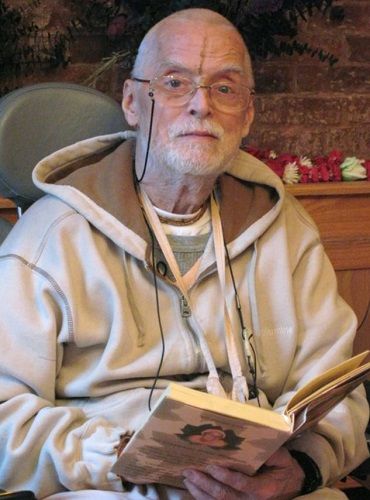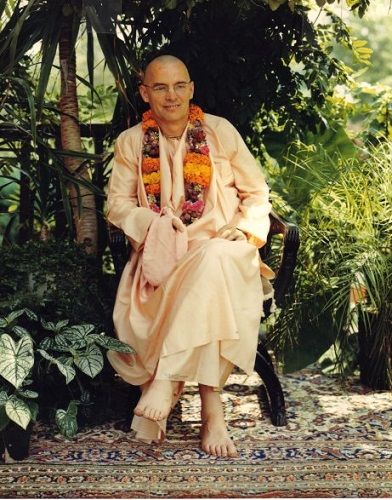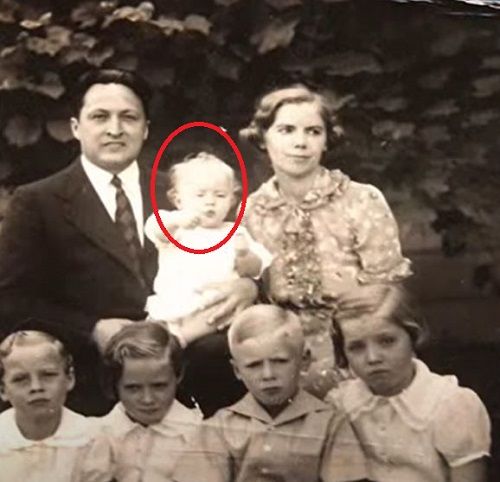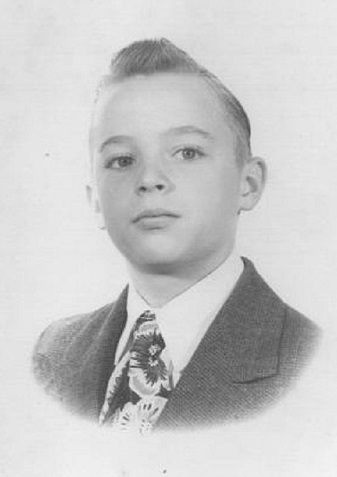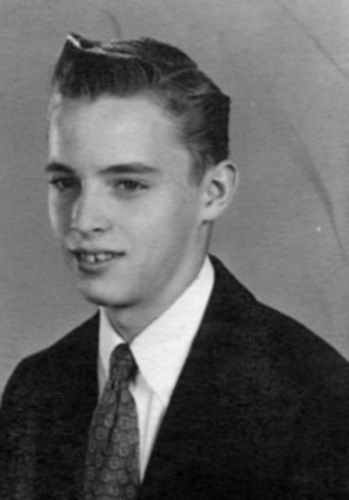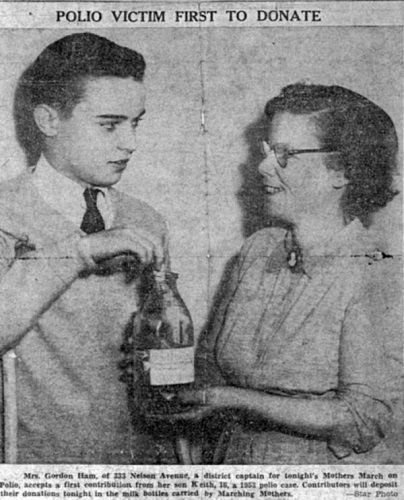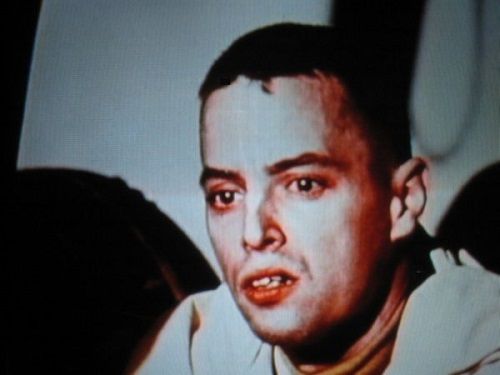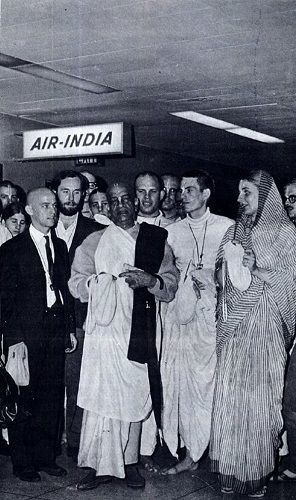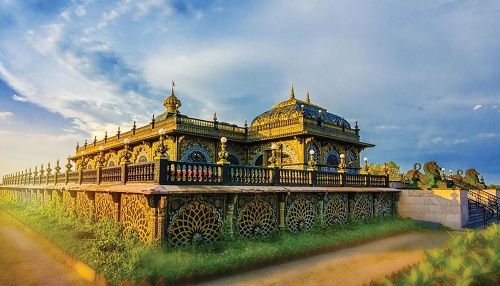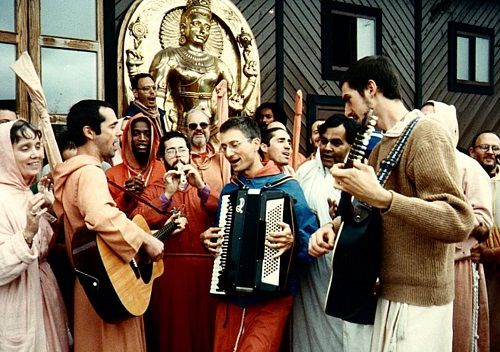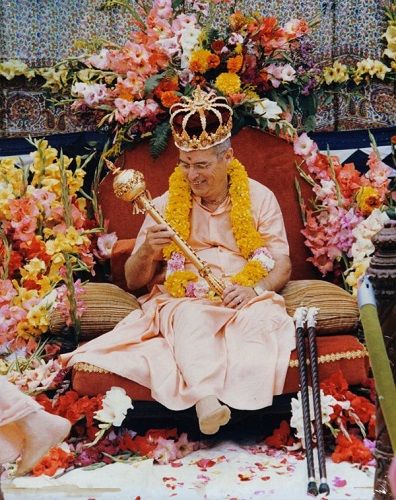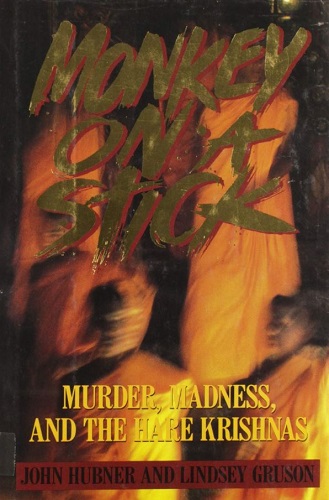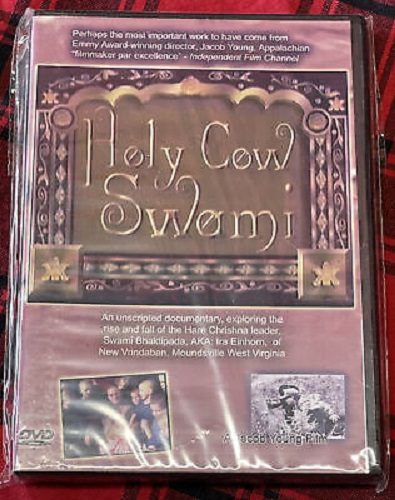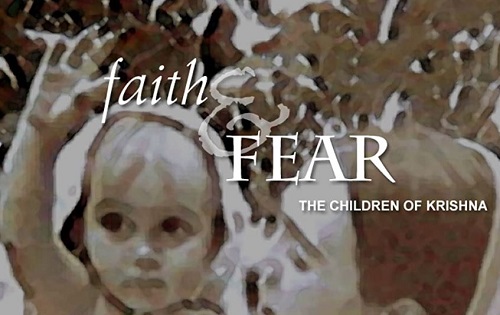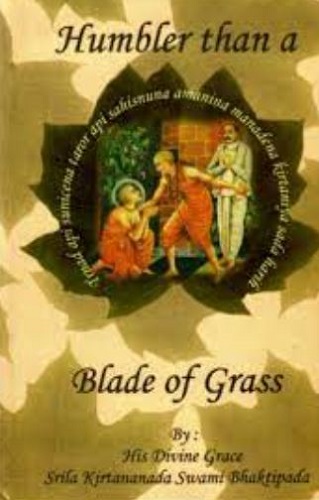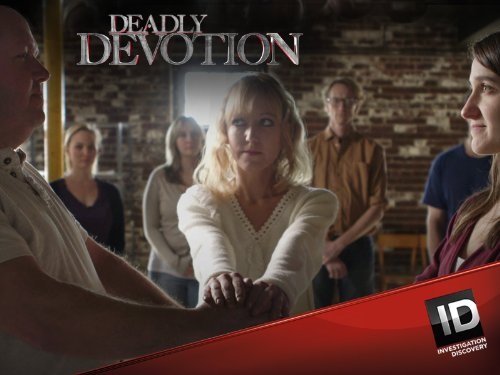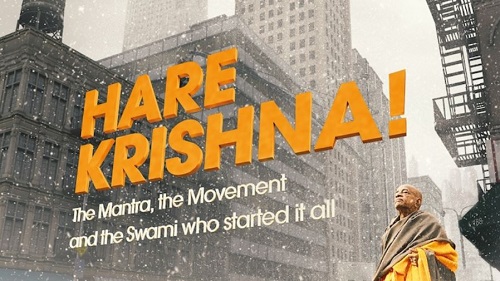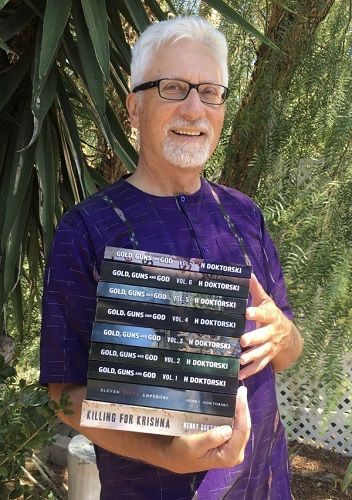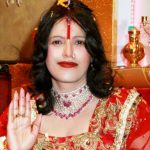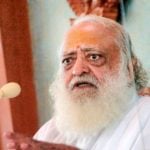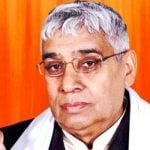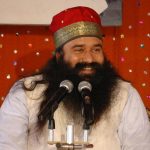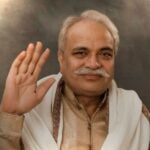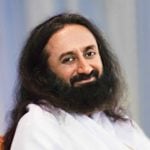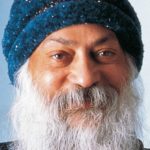Kirtanananda Swami Age, Death, Wife, Family, Biography & More
| Bio/Wiki | |
|---|---|
| Other name | Swami Bhaktipada (Bhaktipāda) [1]The Independent |
| Real name | Keith Gordon Ham [2]The New York Times |
| Profession(s) | Spiritual Leader, Author |
| Known For | Being the co-founder of the New Vrindaban, a Hare Krishna community in Marshall County, West Virginia |
| Physical Stats & More | |
| Height (approx.) | in centimeters- 168 cm in meters- 1.68 m in feet & inches- 5’ 6” |
| Eye Colour | Hazel Brown |
| Hair Colour | Grey (half bald) |
| Personal Life | |
| Date of Birth | 6 September 1937 (Monday) |
| Birthplace | Peekskill, New York, USA |
| Date of Death | 24 October 2011 |
| Place of Death | A hospital in Thane, Maharashtra |
| Death Cause | Collapsed Lungs and Kidney Failure [3]The Independent |
| Age (at the time of death) | 74 Years |
| Zodiac sign | Virgo |
| Nationality | American |
| Hometown | Peekskill, New York, USA |
| School(s) | • Drum Hill Junior High School, US (1952) • Bob Jones Academy in Greenville, South Carolina • Keith attends Stony Brook School in Long Island, New York (1953) • Peekskill High School, New York (1955) |
| College/University | • Maryville College, Maryville, United States • University of North Carolina, Chapel Hill, United States • Columbia University in New York |
| Educational Qualification(s) | • Bachelor of Arts in History at Maryville College, Maryville, United States • University of North Carolina, Chapel Hill, United States • PhD at Columbia University in New York (dropped) [4]The Independent |
| Religion | He belonged to a Christian family, and later, he adopted Hinduism. [5]ISKCON News |
| Sexual Orientation | Homosexual |
| Controversies | • Booked for Various Criminal Activities In 1990, Kirtanananda Swami was charged with six counts of mail fraud. He was also accused of murdering his opponents in the Hare Krishna movement named Stephen Bryant and Charles St. Denis. Within four years, he had illegally earned a profit of more than $10.5 million. He was even alleged to be involved in murdering people, who threatened him to reveal his secrets. Thereafter, a few minor boys accused him of assaulting him physically. On 29 March 1991, after an investigation by the local police, he was guilty in 9 out of 11 cases filed against him, whereas no solid proof was presented in the murder cases. Later, he was sent on house arrest for around two years in a rented apartment in the Wheeling neighbourhood of Warwood. After he was released from house arrest, he returned to New Vrindaban. In 1996, he was sentenced to 20 years in jail in a mail fraud case. However, due to his poor health, he got bail on 16 June 2004. [6]ISKCON News Accused of Having Homosexual Relationships with Minors When Kirtanananda used to attend interfaith conferences, he used to travel with Winnebago van. Once, the driver of the van shared that while Kirtanananda was travelling with him to a conference, he saw Kirtanananda in an intimate position with one of his male Malaysian followers. He informed a few people of the New Vrindaban group about the same, but some of the leaders of the group asked him to avoid talking about it with other people. However, a few leaders of the group including Radhanatha confronted Kirtanananda. Kirtanananda accepted it and pleaded to remain silent until the puja at the conference was over. Thereafter, when Kirtanananda’s Malaysian followers got to know about his homosexual relationship, they confronted Kirtanananda, but infront of the followers he said that it was not and Radhanatha was trying to defame him. His followers got angry over this and asked Radhanatha to leave New Vrindaban. In an interview, when one of his former devotees was asked about his homosexual relationship, she said, "To say, for instance, that they [NV residents] didn’t know about Kirtanananda’s homosexual activities when everyone else in the movement knew about them, is just total denial. Kirtanananda had been sleeping with Hayagriva’s young son, in the same sleeping bag, for years. To say you didn’t know about that is just a total illusion or lying. This had been going since the 1970s, when Srila Prabhupada was here, let alone going on during the whole ten-year stretch of the Zonal Acarya period.” A few years later, many young boys filed complaints in the police station against Kirtanananda for sexually molesting them. On 10 September 2000, the ISKCON Child Protection Officer founded him guilty in molestation cases and was prohibited from entering the ISKCON properties for five years. [7]Hare Krsna A few conditions were also imposed on him which includes: • A contribution of at least $10,000 to the organisations which are working for the welfare of Vaishnava youth. Some of such organisations include Children of Krishna, the Association for the Protection of Vaishnava Children, or a Gurukula approved by the Association for the Protection of Vaishnava Children (APVC). • Written apology letters must be handover to the victims in which he needs to confess that he was involved in child abuse. The letters should be sent through APVC and not directly to the victims. • He must go through a psychological evaluation by a certified professional approved by the APVC. • He must comply with all the government proceedings implacable on him. However, Kirtanananda never fulfilled these conditions. |
| Relationships & More | |
| Marital Status | Unmarried |
| Affairs/Boyfriends | Howard Morton Wheeler (spiritual leader)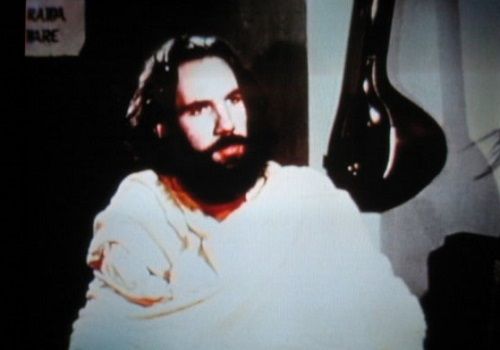 |
| Family | |
| Wife/Spouse | N/A |
| Parents | Father- Francis Gordon Ham (conservative Baptist minister) Mother- Marjorie 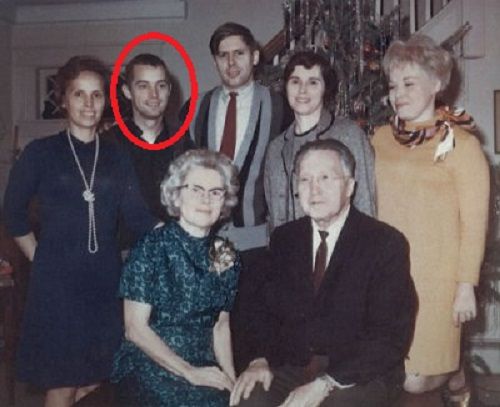 |
| Siblings | Brother- Gerald (archivist) Sister- Shirley, Joan, and Roberta (image in paerents' section) |
Some Lesser Known Facts About Kirtanananda Swami
- Kirtanananda Swami was a spiritual leader and author who was the co-founder of the New Vrindaban, a Hare Krishna community in Marshall County, West Virginia.
- He belongs to a Christian family in New York, US.
- During his school days, he was detected with hepatitis and polio.
- While he was studying in school, he participated in various debate competitions.
- He used to consume alcohol regularly while he was in his teens. [8]A Chronology of Swami Bhaktipada’s Life
- In 1959, he stood first in his class while he was studying at Maryville College, Maryville, United States. He then received a three-year Woodrow Wilson fellowship to study American history at the University of North Carolina at Chapel Hill, United States.
- While he was studying at the University of North Carolina, he met a boy named Howard Morton Wheeler, who was studying English at the university. After a few meetings, they started dating each other. For many years, they were in a homosexual relationship. On 3 February 1961, Kirtanananda and his partner Howard Morton had to drop out of the university as they were threatened with an investigation of their sex scandal. The couple then moved to New York City from Chapel Hill. There, Kirtanananda started promoting the use of LSD drugs and worked as unemployment claims reviewer. [9]The Independent
- In one of the documentaries of Kirtanananda, he accepted his relationship with Howard and said that after becoming a Hare Krishna Swami, he practised celibacy.
- In 1953, he became the first contributor to the Mothers March on Polio donation camp, which was started during the high rise of polio cases in the US.
- In June 1966, while Kirtanananda (Keith) was in India for a short trip, he met the A C Bhaktivedanta Swami Prabhupada. During that time, Prabhupada was establishing the International Society for Krishna Consciousness (ISKCON; also known as Hare Krishnas in the west) and was initiating a storefront mission in New York.
- After returning from India to the US, he visited a temple at 26 Second Avenue in the Lower East Side of Manhattan where he attended Bhagavad-Gita classes. After attending the classes, he decided to make Prabhupada his Swami. On 23 September 1966, Kirtanananda was given the title ‘Kīrtanānanda Dāsa.’
- Thereafter, Kirtanananda started accompanying Prabhupada Swami at various spiritual events. He used to assist in the kitchen department of various temples where Prabhupada’s events were organised. Prabhupada used to love his cooking and called him Kitchen-ānanda.
- On 9 September 1966, his partner Howard Wheeler joined the ISKCON organisation or Hare Krishna group and received the title Hayagriva Dāsa.
- Later, Kirtanananda became one of the first swamis of the western disciple to shave his head.
- In March 1967, Kirtanananda, along with another member of the Hare Krishna Group named Janus Dambergs aka Janardana Dāsa, established a Hare Krishna temple in Montreal on the advice of Swami Prabhupada.
- On 28 August 1967, while he was in India, he adopted renunciation (a vow of lifelong celibacy) as per the principles of Vaishnavas. He was one of the first disciples of the Hare Krishna group to do so. Thereafter, he was given the title Kīrtanānanda Swāmi. A few days later, he returned to New York from India against Prabhupada’s will. Gradually, Kirtanananda started eliminating old principles of the Hare Krishna group and adding a few elements of Christianity to it. He even started using western musical instruments and singing prayers in English instead of Sanskrit and Bengali. The followers of Prabhupada did not like it and started believing that Kirtanananda was trying to overtake the Hare Krishna group.
- At that time Prabhupāda was living in India, and when he got to know that Kirtanananda was making changes to the original principles of the organisation, he banned Kirtanananda from preaching at ISKCON temples. Kirtanananda then decided to leave New York. However, in July 1968, Kirtanananda, along with his partner Hayagriva, apologised to Swami Prabhupada for their actions. Prabhupada forgave them and asked them to rejoin the ISKCON temple.
- In 1968, while Kirtanananda was going through a newspaper named San Francisco Oracle, he saw an advertisement given by Richard Rose Jr. in the newspaper. The advertisement reads,
The conception is one of a non-profit, non-interfering, non-denominational retreat, or refuge, where philosophers might come to work communally together, or independently, where a library and other facilities might be developed.”
- Kirtanananda, along with partner Hayagriva, visited Richard’s properties. Kirtanananda liked one of his properties and decided to stay in isolation for a few months at Rose’s backwoods farmhouse. In 1968, Kirtanananda and Hayagriva took Rose’s plot on a 99-year lease for $4,000 (with an option to purchase for $10 when the lease expired) with a deposit money of $1,500. On the land, under the guidance of Prabhupada, Kirtanananda and Hayagriva started New Vrindaban, a spiritual organisation in West Virginia. Swami Prabhupada then wrote letters to Kirtanananda in which he explained the guidelines and purpose of setting up the New Vrindaban Community. Prabhupada even visited New Vrindaban in 1969, 1972, 1974, and 1976 and explained the key elements of establishing the organisation. The elements were simple living, holy pilgrimage, spiritual education, and loving Krishna.
- Gradually, Kirtanananda started establishing himself as the leader of the organisation, and even in the publications of the organisation, he was titled the Founder-Acharya of New Vrindaban. Within a few years of the establishment of the organisation, the premises of the organisation was spread over 2500 acres. In the early 1970s, the organisation had more than 600 members, and the organisation was visited by thousands of devotees every year.
- In 1972, Kirtanananda started building a home for his guru Swami Prabhupada. The building was made with marble, gold, and carved teak wood. However, before the building was completed, Prabhupada passed away. As a memorial shrine of Prabhupada, the building was named the Palace of Gold, and it became one of the main attractions of New Vrindaban. Later, theme parks “Land of Krishna” and “Temple of Understanding” was built there which made the place a ‘Spiritual Disneyland.’
- On 14 November 1977, as the successors of Prabhupada, Kirtanananda, along with the other ten ISKCON leaders were selected.
- In March 1979, Kirtanananda received the honorary title ‘Bhaktipāda.’
- On 27 October 1985, while he was attending a bricklaying marathon in New Vrindaban, one of his devotees hit on Kirtanananda’s head with a heavy steel tamping tool. The hit injured him badly, and he was immediately rushed to a hospital. He was in a coma for 10 days. After recovering from a coma, his behaviour towards people changed due to which his close associates started leaving the community.
- In 1986, Kirtanananda started the New Vrindaban City of God, an interfaith community. With the establishment of the community, he eliminated the original principles of the ISKCON community. He even added western touch to the prayers by chanting prayers in English and changing the dress of the devotees from dhotis & sarees to robes. The devotees started keeping beards instead of being clean-shaven. Some of the devotees did not like such changes in the community and left the organisation.
- As a birthday gift, on 1 September 1986, he received a golden crown and mace at the Palace of Gold.
- In 1988, a book titled ‘Monkey on a Stick: Murder, Madness and the Hare Krishnas’ was published on the life of Kirtanananda Swami. The book was authored by John Hubner and Lindsey Gruson.
- In 1990, he was interviewed at the popular live English podcast show ‘Larry King Live.’
- In 1996, on the life of Kirtanananda, an English documentary titled ‘Holy Cow Swami’ was released by the American actor and producer Jacob Young.
- An English TV movie ‘Faith & Fear: The Children of Krishna’ (2001) was released based on the life of Kirtanananda.
- Kirtanananda Swami penned down around 24 spiritual books, which were translated into different languages like Gujarati, German, French, and Spanish. Some of the books published by Kirtanananda are ‘The Song of God: A Summary Study of Bhagavad-Gita As It Is’ (1984), ‘On His Order (1987),’ ‘Joy of No Sex (1988),’ ‘A Devotee’s Handbook for Pure Devotion (2004),’ and ‘Humbler than a Blade of Grass’ (2008).
- He also wrote spiritual articles and poems. A few of his poems are “Man’s Link to God” (1969), “Observing the Armies on the Battlefield of Kuruksetra” (1970), “Sankhya-yoga: Absorption in the Supreme” (1970), “Turning Our Love Toward Krishna” (1974), and “The Things Christ Had to Keep Secret” (1977).
- In 1987, the former members of the Hare Krishna group accused him of running a cult community. On 16 March 1987, Kirtanananda was expelled from the ISKCON community for moral and theological deviations, but he refused to leave the post of ‘Head of New Vrindaban.’
- Later, he started another spiritual organisation named ‘The Eternal Order of the League of Devotees Worldwide.’
- In the late 1980s, New Vrindaban acquired 13 satellite centres in the United States and Canada.
- Later, his former devotee filed a complaint against him after which his property was raided by the FBI and all his documents were taken into custody.
- In 1990, Kirtanananda started residing at the Radha Murlidhara Temple at 25 First Avenue in New York City which was purchased by his followers.
- On 7 March 2008, he left the US and moved to India. In an interview, while talking about leaving the US, Kirtanananda said,
There is no sense in staying where I’m not wanted.”
At that time, Kirtanananda had followers in India and Pakistan. After relocating to India, he worked as a preacher. He used to say,
Fundamentalism is one of the most dangerous belief-systems in the world today. Fundamentalism doesn’t promote unity; it causes separatism. It creates enmity between people of faith. Look at the Muslims; Mohammed never intended that his followers should spread their religion by the sword. It is more important today than at any other time to preach about the unity of all religions.”
- In 2010, he visited various temples in India such as Gokulananda temple, Radha-Ramana temples, and Sri Temple on Varshana Hill.
- After his demise in 2011, Madhusudan Das (popularly known as ‘Bapuji’), of Anand Vrindavan Dham in Ulhasnagar, Mumbai became his successor.
- In 2013, an English TV series ‘Deadly Devotion’ was released, based on the life of Kirtanananda.
- An English documentary titled Hare Krishna! (2017) was released based on the Hare Krishna group.
- One of his former followers Henry Doktorski has published ‘Gold, Guns and God,’ a biography of Kirtanananda.
References/Sources:

